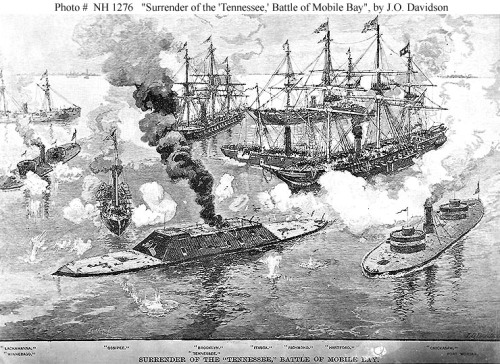Before it became a republic, Panama was a department within the country of Colombia. Before the Americans built the Panama Canal, the French attempted to build one. And before the French attempted to build a canal between the Atlantic and the Pacific, the French and the Egyptians built the sea-level Suez Canal, which on November 17, 1869, knocked six thousand miles off the nautical journey from Western Europe to India.
As a young diplomat and entrepreneur, but not an engineer, Ferdinand de Lesseps achieved great fame for orchestrating what many said could not be done – constructing a canal between the Mediterranean and Red Seas. His role was that of promoter extraordinaire, convincing the Egyptian viceroy of the merits of the massive engineering project. Egypt put up half of the money and 25,000 Frenchmen put up the other half. Upon completion of the canal, de Lesseps was honored as the world’s greatest living Frenchman. [Parker, Panama Fever, Doubleday Edition, pp. 50-51 (first published in the United Kingdom by Hutchinson in 2007)]
De Lesseps was 64 years old when the Suez Canal opened. One might think he would have rested on his laurels. But men had dreamed of a nautical passage between the Atlantic and the Pacific since 1513, when Balboa laid eyes on the Pacific after crossing the Isthmus of Panama. De Lesseps thought he was just the man to turn the dream into reality.
When an international group to study the prospects for an interoceanic canal assembled in Paris in 1879, the Suez Canal was paying investors 14% annual dividends. De Lessep’s primary opponent to the sea-level concept was a French civil engineer, Godin de Lepinay. De Lepinay recommended constructing a series of locks on either end of the canal, the approach the Americans ultimately would adopt after conceding the futility of a sea-level canal.
Panama presented a host of problems that Egypt did not: a complex mountain chain, a tropical jungle, 105 inches of annual rainfall, and endemic diseases for which the real culprit (mosquitoes) had not been identified. But hubris is a terrible fault. Virtually all of Western Civilization had spent the past ten years extolling de Lesseps as the man who had accomplished what most men had said was impossible.
Blinded by praise, convinced that he could accomplish what others could not, de Lesseps led 800,000 French investors to financial disaster and over 20,000 men to their deaths in yellow fever- and malaria-ridden Panama. His insistence on a sea-level canal doomed the project from the start. When he finally brought Gustav Eiffel into the project to build a lock-system canal, it was too late. Too much money had disappeared. The company had spent one billion francs and had accumulated three billion francs in debt. (At the time one U.S. dollar traded for five francs.)
Along the way, the canal company had lined the pockets of French politicians, money-men, newspaper men, and foreign companies. De Lesseps’ son, Charles, went to prison after an 1893 corruption trial. The father escaped prison only because of his failing health. Eiffel was among those prosecuted; his company had made a seven-million-franc profit on work it had barely started. (Convicted, Eiffel’s conviction was reversed by the French Supreme Court.) Ferdinand de Lesseps died in 1894, remembered for the great Panama failure and the accompanying corruption scandal rather than the great Suez achievement.
SIDE NOTE: Last week, I noted the Panama Canal’s expansion plan, which is nearing completion. The Egyptian government has announced plans for expanding the Suez Canal. Egypt contends that upon completion of the expansion, the Suez Canal will accommodate double the number of ships it currently handles and will afford a speedier route than the Panama Canal for container ships travelling from Shanghai to the East Coast of the United States (26 days rather than 28 days).
SOURCES:
- Panama Canal websites, http://micanaldepanama.com/about-acp/canal-history/read-our-story; http://www.pancanal.com/eng/general/canal-faqs/
- Parker, Panama Fever, Doubleday Edition, pp. 50-51 (first published in the United Kingdom by Hutchinson in 2007)
- Malsin, “Egypt’s Generals Want a New Canal,” http://www.businessweek.com (Aug. 21, 2014)
- Fahim, “Egypt Has Ambitious Plan for Suez Canal Expansion,” http://www.nytimes.com
(Aug. 6, 2014)








